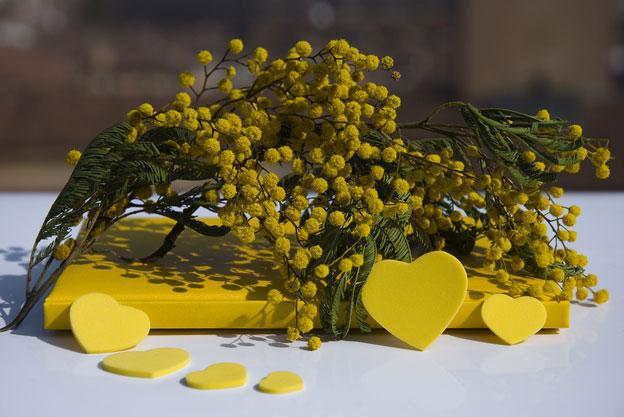The 8th of March is International Women’s Day or, as it’s more commonly called in Italy, la Festa della Donna, where the importance of women is celebrated by the giving and receiving of mimosa blossom.
Historians cannot agree when and why the act of giving mimosa began, but there is documented evidence that men in Rome on March 8, 1946, gave the fragrant flowers to their wives, mothers, sisters and daughters as a sign of love and appreciation. Nowadays, women also hand the flowers to other women as a sign of solidarity. It’s not unheard of for the woman sat behind the counter of the local post office or on the supermarket checkout to be given sprigs of mimosa by female customers as an expression of respect.
Mimosa (Acacia Dealbata), also known as the Silver Wattle, was first introduced into Europe from south-eastern Australia in 1820 and, being a fast growing shrub, it spread rapidly.
Prior to the Second World War, celebrations commemorating International Women’s Day happened on various days within the month of March. However, in 1945, the Union of Italian Women voted to fix the date annually on March 8. Their reason for this was to commemorate two separate events that occurred outside of Italy. The first was the strike by women garment workers in New York on March 8, 1857, which, two years later, resulted in the formation of the United States’ first women’s union. The second event was the ‘bread and peace’ strike by Russian women on March 8, 1917.
Some feminist movements complain that the day has become too commercial and has lost its political ideology. Most people would argue in favour of this official day when women can come together and celebrate their gender, welcoming the men in their lives offering them a sweet smelling mimosa.













